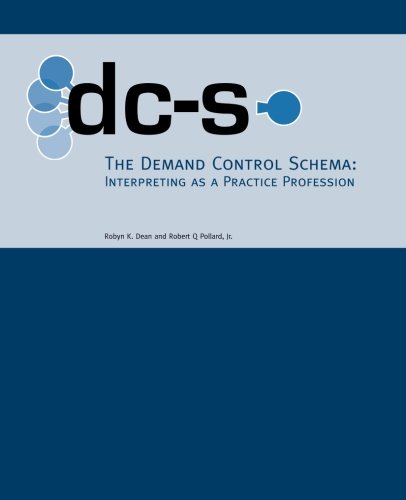Description
The authors have been developing the demand control schema (DC-S) and their practice-profession approach to community interpreting since 1995. With its early roots pertaining to occupational health in the interpreting field, DC-S has evolved into a holistic work analysis framework which guides interpreters in their development of ethical and effective decision-making skills. Adapted from Robert Karasek’s demand control theory, this textbook is the culmination of nearly two decades of work, as it evolved over the course of 22 articles and book chapters and nine DC-S research and training grants.
Designed primarily for classroom use in interpreter education programs (IEPs), interpreting supervisors, mentors, and practitioners also will find this book highly rewarding. IEPs could readily use this text in introductory courses, ethics courses, and in practicum seminars.
Each of its ten chapters guides the reader through increasingly sophisticated descriptions and applications of all the key elements of DC-S, including its theoretical constructs, the purpose and method of dialogic work analysis, the schema’s teleological approach to interpreting ethics, and the importance of engaging in reflective practice, especially supervision of the type that is common in other practice professions. Each chapter concludes with a class activity, homework exercises, a check for understanding (quiz), discussion questions, and an advanced activity for practicing interpreters. The first page of each chapter presents a list of the chapter’s key concepts, preparing the reader for an efficient and effective learning experience.
Numerous full-color photos, tables, and figures help make DC-S come alive for the reader and assist in learning and retaining the concepts presented. Formal endorsements from an international panel of renown interpreter educators and scholars describe this text as “aesthetically pleasing,” praising its “lively, accessible style,” its “logic and organization,” and referring to it as an “invaluable resource” with international appeal to “scholars and teachers.” Spoken language interpreters also are proponents of DC-S and will find the material in this text applicable to their education and practice, as well.
For more information regarding DC-S, including training opportunities and supervision, visit www.DemandControlSchema.com.
 Official Government Website
Official Government Website
